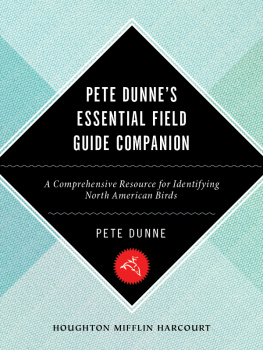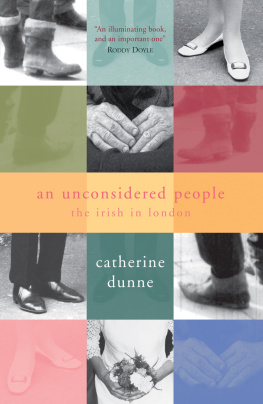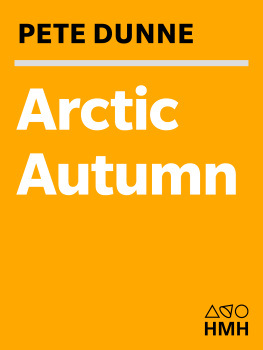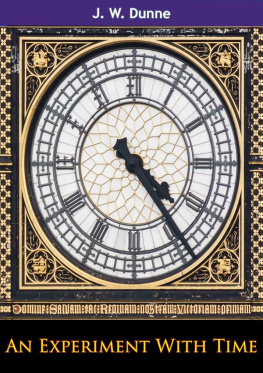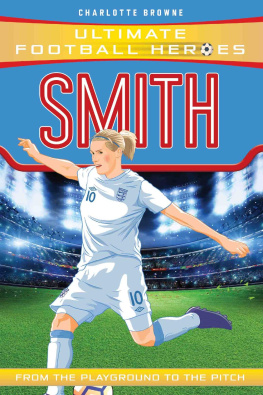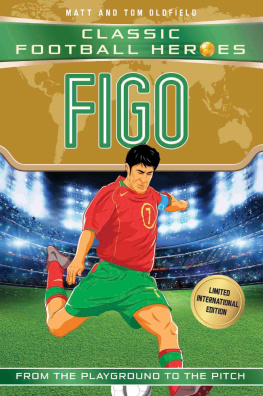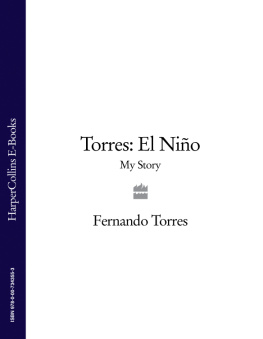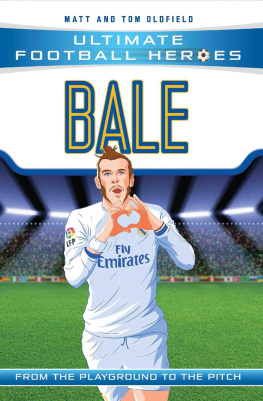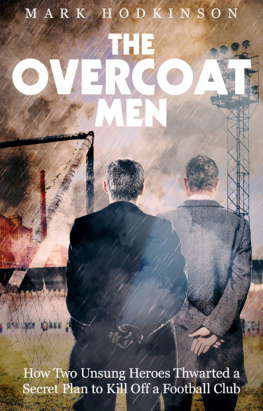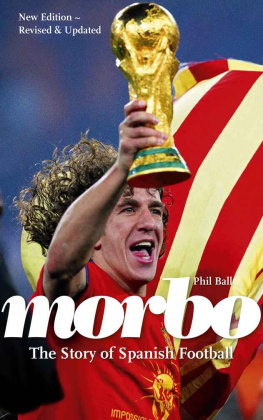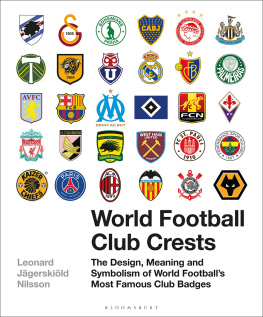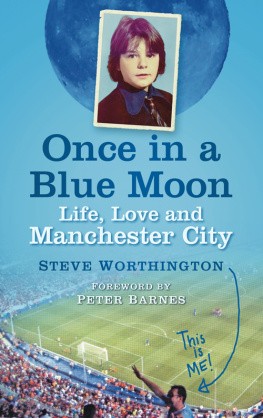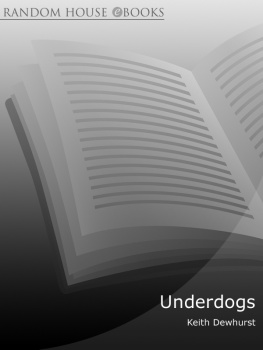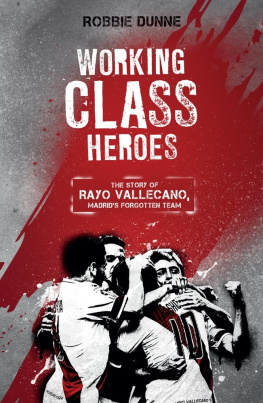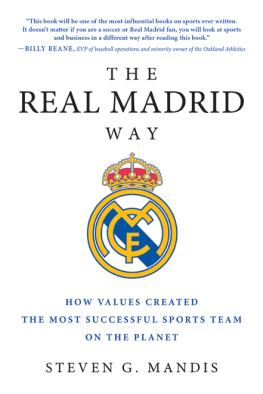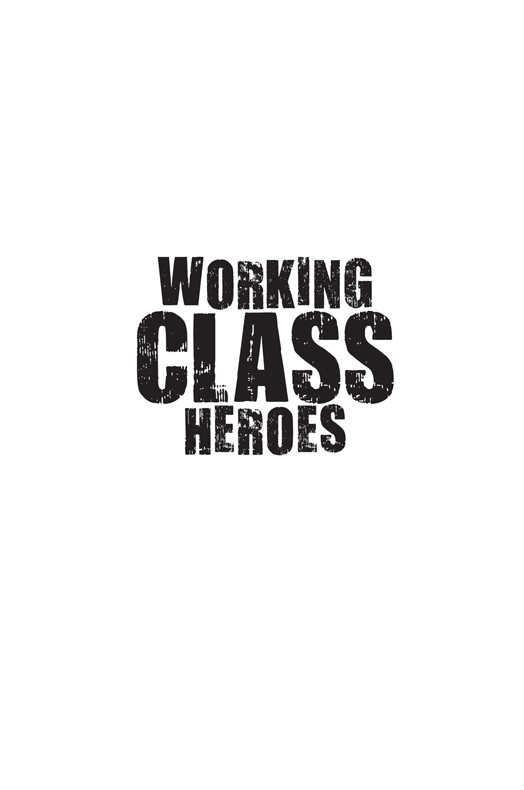First published by Pitch Publishing, 2017
Pitch Publishing
A2 Yeoman Gate
Yeoman Way
Durrington
BN13 3QZ
www.pitchpublishing.co.uk
Robbie Dunne, 2017
All rights reserved under International and Pan-American Copyright Conventions. By payment of the required fees, you have been granted the non-exclusive, non-transferable right to access and read the text of this e-book on-screen. No part of this text may be reproduced, transmitted, downloaded, decompiled, reverse-engineered, or stored in or introduced into any information storage and retrieval system, in any form or by any means, whether electronic or mechanical, now known or hereinafter invented, without the express written permission of the Publisher.
A CIP catalogue record is available for this book from the British Library
Print ISBN 978-1-78531-318-9
eBook ISBN 978-1-78531-378-3
--
Ebook Conversion by www.eBookPartnership.com
Contents
DEDICATION
For Andrea, my winding wheel, and my Mother and Father for giving me the curiosity to pursue these adventures.
Acknowledgements
I CANT think of any other way to start this book than to thank the many people who made it possible. The people I want to thank are Andrea Rubio, someone who oscillated between a translator and a counsellor throughout the process; Paul Reidy, who turned into a good friend over the course of the last year, organised meetings and gave me advice on the club and without him, there is no way this book could have come to pass; my brother Aidan and friends Kevin Dempsey, Shane Doyle and Mike Murphy, who helped me with everything from editing to sorting out the story through conversation.
There are endless amounts of people who gave up their time to help me with questions, interviews and advice including Carlos Sanchez Blas, Juan Jimenez Mancha, Sid Lowe, Phil Ball, Dermot Corrigan, the two Alejandros at Union Rayo, Carlos Forjanes, Maite Martin, Javier from Pea Rayista Bus Uno, the Bukaneros, Ramon Spaaij, Stephen Drake-Jones, Giles Tremlett, Pepe Mel, Fernando Lpez Gilarranz, Nipun Chopra, Arch Bell, Richard Menjivar, Euan McTear, and all my colleagues at AS.
I would also like to thank and apologise to anyone who I havent mentioned but that I spoke to about Rayo during the year.
Introduction
L ETS get this straight. I am no more qualified to write a book about Rayo Vallecano than most football fans. For starters, at the beginning of this story, my Spanish was sub-par. This was confirmed to me upon signing up for classes in my first couple of weeks in the capital, when I was informed I would have to start at A1 level (the very beginning) as I had no foundation and I would need to get a base before anything else happened.
How would I interview people? How would I interpret all those news reports? How would I know what the Rayo fans were singing during the games? It didnt help that the amount of written data on Rayo is slim at best in Spanish, and practically non-existent in English.
Rosa de la Vega wrote a book that contained over 1,000 pages about Rayo and Vallecas but she admits it was a monumental task given many of the files were lost down the years and said it was a struggle tracking people down and making sense of the history. Midway through the season, however, Juan Jimnez Mancha released his own book about Rayo Vallecano from the very start until 1956, which gave some insight into Rayos humble beginnings, and he was as helpful as possible in my writing.
I had a chicken-and-egg situation in front of me as to whether I would concentrate on learning Spanish and forget about the book until I knew enough to carry out interviews in the language, or use the little bit of Spanish that I did know to write e-mails and organise meetings, put my head down and learn as I went.
I should also mention I didnt even know how to get to Vallecas from the city centre of Madrid. How was I going to cope? Those first few months living in Madrid were a haze of stress, a lot of contemplation about the scenario that lay before me, and truth be told, a lot of fun. So, this book was a journey of discovery as much as anything to do with football.
The fun I refer to is travelling out to Portazgo (when it was finally fixed) on the Metro every second weekend to the Campo de Ftbol de Vallecas, becoming smitten with the club and with every mouldy corner of that stadium. The Santiago Bernabu, the home of Real Madrid, the wealthiest team in Spain if not in Europe and possibly the world, it was not. It is the same stadium I would spend plenty of time in over the next nine months. Id meet interviewees outside for coffee and Id go there during off hours and look around as research for this book, occasionally running into players who had called in to the cafe La Franja before, during or after training sessions. It is the same stadium where I stood and soaked in the atmosphere like a sponge.
I would take pictures of graffiti on the walls; No mas cortes de luz and Nacionalazacion de las electrical ya! were two in an effort to encourage the government to stop turning off street lights, as they had started to do during the crisis in an effort to save money, along with other left-leaning slogans and messages to the establishment.
Over the course of the ten months it took to write this book, I went from considering Madrid, the Estadio Vallecas and its surrounding neighbourhood a foreign city, stadium and barrio, to slowly but surely feeling right at home sitting with the home fans and not feeling out of place singing the songs and chatting to the guys who served me bocadillos and Diet Cokes at half-time while allowing my opinionated views to grow based on evidence.
My evolution over the course of researching this book took me from being an outsider in a brand new city to being an outsider in a familiar city that I ended up falling in love with, and to feeling as though I had made a genuine and thorough enough investment in Rayo Vallecano to merit being sad when they lost and nervous during games that they were winning as the minutes ticked by. There was self-doubt that crept in over the year and the many nights when I sat wondering what I was doing.
But when the doubts about my suitability to write a book about a team I knew little about and my ability regarding the practical side of actually typing 70,000 coherent words crept in, I stuck to my guns and was able to rest easy when I read quotes like this by Kurt Vonnegut.
Find a subject you care about and which you in your heart feel others should care about. It is this genuine caring, and not your games with language, which will be the most compelling and seductive element in your style.
This is the story of my indoctrination as a Rayista and I feel in my heart that the story of Rayo and the pueblo of Vallecas is an important one. I hope you enjoy reading it as much as I enjoyed getting the chance to write it.
1
How did we get here?
On 4 June 1924, an advertisement was sent to Madrid-based newspaper, La Libertad, that read: The new sports group, El Rayo, wants to say hello to all other sport groups and are accepting challenges any time and any place that is convenient for them, starting next Sunday. Please respond to this newspaper or in writing to our registered office, Carmen 28.
It was just a week since Rayo had been founded on 29 May and they were ready to play. At the time, there were dozens of teams in Vallecas that have since disappeared. For whatever reason, 93 years later and Rayo are still alive and kicking.



